Brandon Langdon, ’14, is chief engineer aboard the Dorothea III, a transoceanic expedition vessel that has traveled to more than 75 countries. From February 2018 to March 2020, Langdon was part of one of those expeditions, voyaging close to 40,000 nautical miles.
Cruising the world
Published 08.27.2021
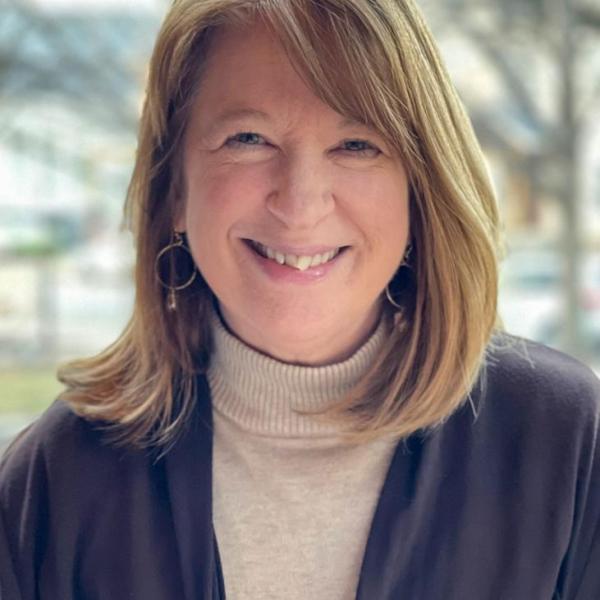
by Cindy Meixel
Writer/Editor Penn College News
A bright green comet glowed in the evening sky as Brandon Langdon cruised in the middle of the southern Atlantic Ocean.
With no light pollution in the center of the sea, clear nights are breathtaking, impossible to describe, Langdon said. And that giant green orb moved like magic.
“It definitely felt like a surreal moment,” the Pennsylvania College of Technology alumnus said. “It was a once-in-a-lifetime experience. I’ll never see that again.”
Considering the experiences he’s already enjoyed and the opportunities on his horizon, it’s likely Langdon will encounter something equally stellar.
The 2013 diesel technology and 2014 technology management graduate is chief engineer on Dorothea III, a 147-foot long-range expedition yacht that captured the 2020 Voyager’s Award in the prestigious World Superyacht Awards, considered the “Oscars of the yachting industry.”
Dorothea III was recognized for its 20-month journey that included two Atlantic crossings, circumnavigating South America and crossing the Pacific – and Langdon was the man who made sure the motors ran smoothly, 24 hours a day.
Langdon estimates the global voyage achieved close to 45,000 nautical miles and 20,000 hours on generators. Fully self-sufficient at sea, the crew makes its own drinking water with a reverse osmosis system and likely processed more than 1 million gallons during the trek.
Owned by American businessman Steven Green, a former Samsonite Corp. chairman and CEO who served as the U.S. ambassador to Singapore from 1997 to 2001, the yacht is named for Green’s wife and is the third yacht the family has bestowed with her name.
“The history of Dorothea has always been about extreme travel,” Langdon said.
Dorothea III typically cruises in tandem with Post One, a 63-foot sport fishing vessel, and the fact that the smaller boat completed most of the trans-Atlantic journey sailing on its own bottom – instead of being towed behind the mother ship – is an unprecedented feat in yachting.
That unique endeavor factored into its Voyager’s Award win, as did the boat’s humanitarian efforts. Along its global route, the crew donated supplies to schools in various villages.
Although exciting, the World Superyacht recognition was actually an afterthought, Langdon said, with the yacht’s builder nominating Dorothea III for the honor. Green, his family and crew were simply focused on fun – intent on following fish migration routes.
Departing from their base in Florida in February 2018, the explorers’ journey began in Central America, then moved east across the Atlantic to The Azores and Portugal. Traveling south to Cape Verde, Africa, and then across to Brazil, Post One was then shipped back to the Panama Canal, and Dorothea III continued to Patagonia, the southernmost region of South America. Meeting back up on the west side of the continent, in the Galápagos Islands, the two boats traveled onward to various islands in the South Pacific and ended their odyssey in Australia, arriving in October 2019, then returning to Florida in March 2020.
Among Langdon’s highlights: wake boarding on an ice field in Patagonia, diving with hammerhead sharks off the Galápagos Islands and swimming with humpback whales in Tonga.
Play is plenty, but so is hard work. Most days, he works eight hours, but with machinery running 24/7, 18-hour workdays are easy to come by. Langdon spends hours in the engine room, monitoring systems, and is busy with servicing and fuel transfers at all hours of the day. He also takes turns with other crew members “watching the bridge.” (The yacht may be on autopilot, but a licensed watch keeper plus a second pair of eyes are necessities to stay attuned to radar, the maneuverings of other ships and any distress signals.)
Hard work is nothing new to Langdon, who grew up in Manorville, New York, an inland hamlet in a wooded section of Long Island. With a father who is a machinist at Brookhaven National Laboratory, a trailblazing research center that is home to seven Nobel Prize-winning discoveries, Langdon’s sense of innovation and exploration was stoked early with visits to the site, seeing the machinery his father works on.
His fascination with engines was stirred further by a grandfather who owned a 26-foot center console fishing boat and an uncle who was an outboard mechanic. With their encouragement, Langdon chose to study marine mechanics at his high school’s BOCES (Board of Cooperative Educational Services) career and technical education program. While there, he was given his first boat – a circa ’70s Marquis – donated by a widow. At the age of 16, Langdon fixed up the boat, servicing the engine and adding a new fiberglass floor, then tooled around nearby Moriches Bay.
Repairing an engine in the middle of an ocean “definitely has an eerie feeling. You end up trusting your skills.”
Maintenance and motion of other kinds factored into his teen years as he engaged in racing and working on motocross dirt bikes, as well as rebuilding crankshafts for a jet ski company.
Langdon found this same zeal for machines at Penn College – and a kinship among fellow students.
“A lot of nights, we’d be working on each other’s trucks,” he recalled. “That filled our free time. That was the hanging out that we did. There was definitely a commonality that comes with that interest in engines. I didn’t grow up in farmland like there is in PA, but there were still a lot of similarities. We came from different areas but enjoyed the same hobbies and interests.”
Penn College was the last school Langdon visited when searching for a post-high school experience, but it was the one that inspired him the most.
“I looked at other places, but most didn’t give you a degree, just a certificate,” Langdon said. “There was one that was a straight-through process for one and a half years; it was like a factory setting with assembly-line learning.
“I liked what I saw at Penn College. It was more of an actual shop environment that you’d see in the field. It appealed to me more. My mom, the financial planner, initially said: ‘It’s too expensive. We can’t do it.’ But we looked at Penn College for what I’d receive in the end – an associate degree, and I could go further and get a bachelor’s degree. It seemed worth it. I was like, ‘No, this is the school I want to go to.’”
After earning his diesel degree, graduating with honors and being inducted into the Phi Theta Kappa honor society, he added that Bachelor of Science and managed to complete his second degree in one year instead of the traditional two.
“I was pretty busy,” he said.
Langdon landed a job as a diesel mechanic with Asplundh Construction, a national company geared toward the utility industry and civil construction services, and returned home to Long Island to work.
“I was able to pull all of that theory I learned at college (into) work in the field,” he said. “Everything I learned I put into practical use.”
Four years after graduation, he paid off his college investment on his own and was ready to take the leap from life on Long Island to Fort Lauderdale, Florida – one of the main yachting hubs in the U.S.
Langdon started doing “day work” (a typical gig in the yachting realm) to break into the industry and soon landed a more permanent job on a 104-foot boat.
“The reason the captain hired me was because of my professional training and college education,” he said.
It took a few months to learn the ropes in this new world.
“There’s a higher standard and a lot of unspoken rules,” Langdon explained. “Coming from the construction industry, where there’s always oils leaking and something wrong, it’s a completely different scene in the yachting industry. For starters, everything is white – and any issue is very easily seen. The standard of excellence is set very high. You’re working in a very clean environment.”
He had posted his resume on a free industry website and soon, Dorothea III came calling. Langdon received an email from Capt. John Crupi and First Mate Jenifer Mosley, who were impressed with his credentials.
“The difference between Brandon and other guys that call themselves engineers is his education and training,” Crupi said. “Very few engineers in the yachting industry actually have a degree in diesel engineering; Brandon does, and that’s what made him stand out. His knowledge and abilities were evident when I hired him, and he continues to build on that every day – methodical thinking that leads to solutions for complicated problems.”
Mosley was familiar with Langdon’s alma mater as her father, Curt E. Vander Vere, is an assistant professor of mathematics at Penn College.
Langdon had Vander Vere for College Algebra and Trigonometry during his second semester.
“His class is hard,” Langdon said. “It was one of only two classes, besides English, that I had to go to tutors for help.”
During semester breaks, Vander Vere has worked on all three of the Dorothea yachts while visiting his daughter – and has worked under Langdon’s direction in the engine room.
“It was a funny feeling giving your professor tasks to do years later,” Langdon said. “From going into his professional environment, and then years later, him coming into yours was an experience.” He appreciated his former professor’s problem-solving skills and collaborative engagement.
Vander Vere cites a sense of pride knowing the yacht’s chief engineer hails from Penn College and his classroom, where he often regales students with tales of his daughter’s adventures. He’s impressed with his former student’s continually evolving professional skills and his easy-going personality – a vital aptitude in this demanding setting.
“This crew is living and working together 24/7. You have to be able to get along personally, as well as professionally,” Vander Vere said. “Brandon’s personality fits right in.”
Dorothea III typically holds seven crew members (captain, chief engineer, first mate, chef, deckhand and two stewardesses or stewards), with two on Post One (captain and mate).
Langdon said Crupi and Mosley spend a lot of time deciding who to hire, determining applicants’ abilities to withstand the demands of the work and life at sea, as well as tending to the chemistry of the crew.
“With our program, it’s very demanding because there is so much travel,” Langdon said. “It takes more than just work ethic to do this. It takes the interest and that wanting to be out in the middle of nowhere. You don’t live a normal life.”
Stressful scenarios obviously arise, like the time Dorothea III was anchored off Patagonia and was suddenly hit with hurricane-force winds in the middle of
the night.
“Super strong winds came out of nowhere,” Langdon recalled. “It was extremely nerve-wracking. The boat was listing over super far, and we were on edge all night. But the boat held strong. It put us to the test, that’s for sure.”
Langdon was also tested with a bout of pneumonia that landed him in a Rio de Janeiro hospital for five days.
And there was that time they took in bad fuel from a barge in Panama.
“When you’re there, you’re pretty much stuck with whatever fuel they have,” he said. “That came back to haunt us. The sludge in the fuel clogs filters quickly. It took out the lift pumps that supply our generators with fuel. And you can get algae growth in the tanks.”
Repairing an engine in the middle of an ocean “definitely has an eerie feeling,” Langdon added. “You end up trusting your skills.”
Dorothea III hasn’t experienced any issues with pirates, but the crew travels aware and prepared.
“When we were coming down the western coast of Africa, we thought about that the whole time. We have protocols in place if it did happen,” he shared. “We stayed 300 miles offshore, out of their range, to mitigate it. We were definitely not close, because a 147-foot yacht would be a pretty big target. Typically, the eastern coast of Africa is where there is a lot of piracy.”
No matter the challenges, Langdon’s love for extreme travel has been cemented. Next on his bucket list? He’d like to cruise to Alaska and the Mediterranean, although the latter’s yacht scene is vastly different from what he’s experienced.
“I like cruising to remote destinations versus sitting at a dock where people are showing off their yachts. That doesn’t appeal to me. I’d rather be out in the middle of the South Pacific doing world-class diving after work, kiteboarding in Brazil or riding dirt bikes in the jungles of Costa Rica.
“You can make a lot of money in this industry, and many people end up going out all the time, socializing, drinking, spending it. You see it happen all the time. I don’t want to live that type of lifestyle.”
Langdon says he’s saving for a house.
“There are a lot of opportunities for hybrid jobs, with rotations like two weeks on the water, two weeks off the water, or 10-week or three-month rotations, for example,” he said. “There’s a lot of variety in the yachting and commercial boating field.”
In April, Dorothea III was hauled out of the water and moved to a shipyard to begin an extensive overhauling process estimated to take six months, and Langdon is in the center of all the action.
The yacht is now on the market for just under $12 million. Post One has already been sold.
“For me to make a career move, I need to go to a different boat for Coast Guard licensing,” Langdon explained of his next step. “I need a bigger boat to progress.
I’m at the max for what I can do with this boat.”
He also envisions enhancing his skill set by gaining licenses offered at maritime schools.
“I thought I was done with school but definitely not!” he laughed.
There is still much to learn, Langdon said, including taking electrical courses related to alternating current and international voltage standards.
“There are a lot of voltages around the world that you have to figure out when traveling,” he added.
And that green comet he saw? That was 46P/Wirtanen, dubbed “The Christmas Comet,” when it offered a dramatic flyby in December 2018. (Its proximity to Earth placed it in the top 10 of modern comet close encounters.)
“Back in high school, I was interested in astronomy, but I lost that after classes ended,” Langdon offered. “It’s neat to see that come back around again.”
The 46P/Wirtanen comet comes back around again in May 2024. By that time, Langdon will no doubt have logged many more adventures.

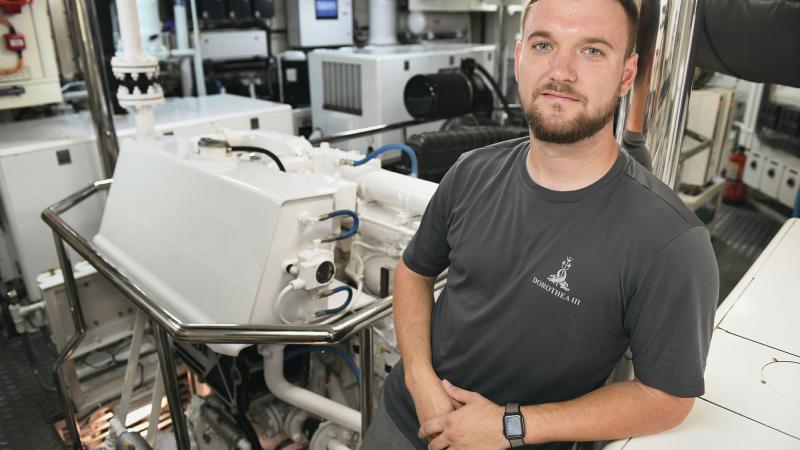
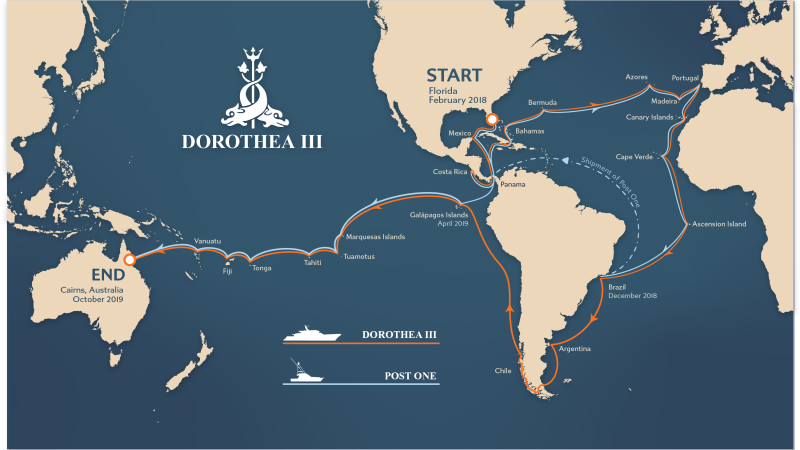
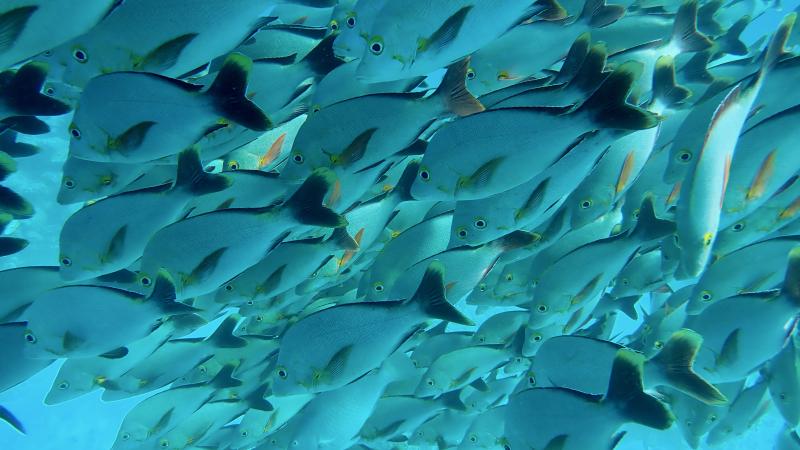
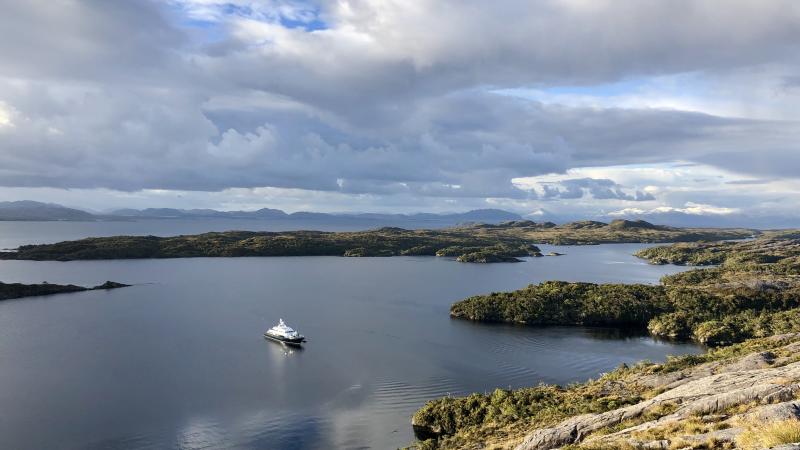
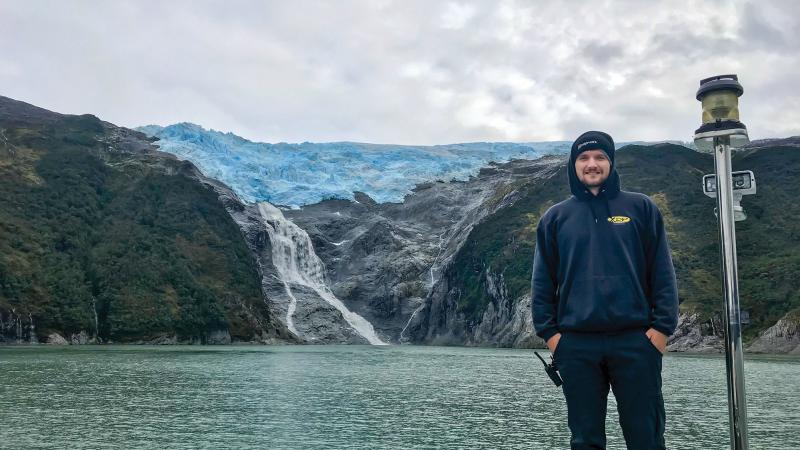
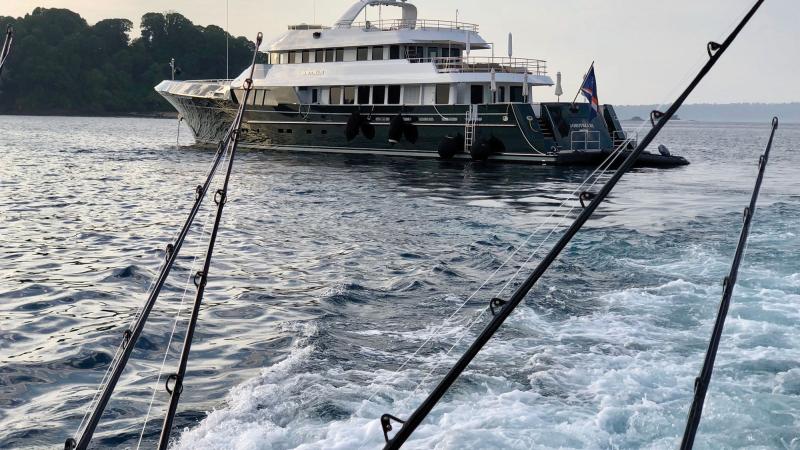
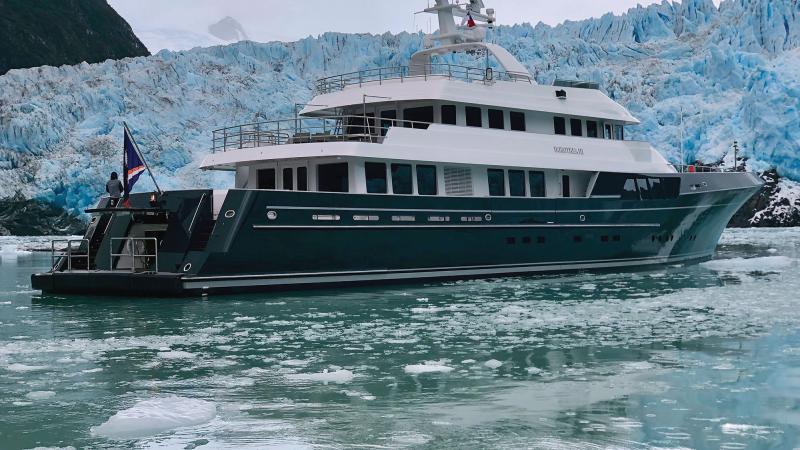
Share your comments
Penn College Magazine welcomes comments that are on topic and civil. Read our full disclaimer.
We love hearing from you